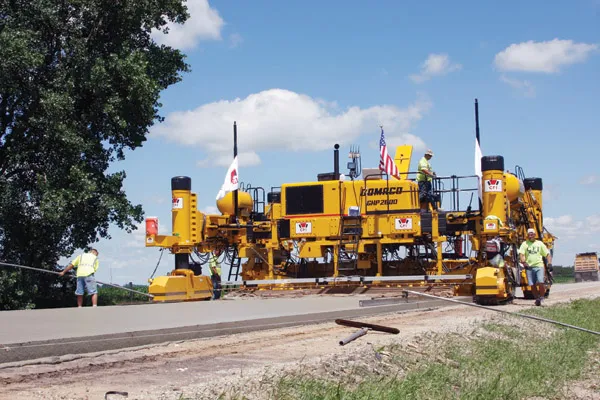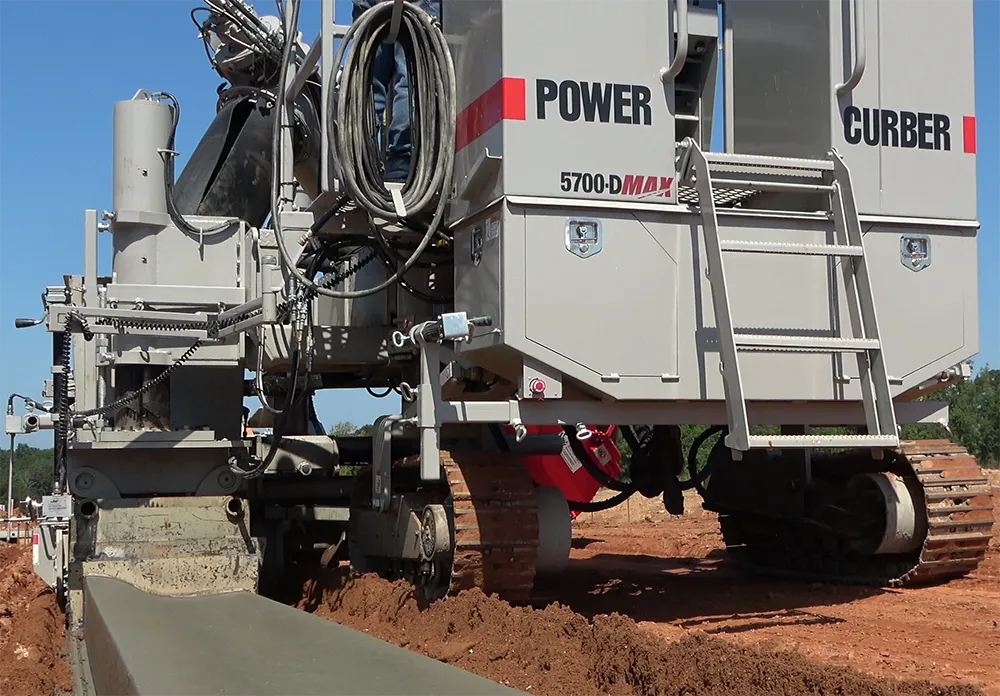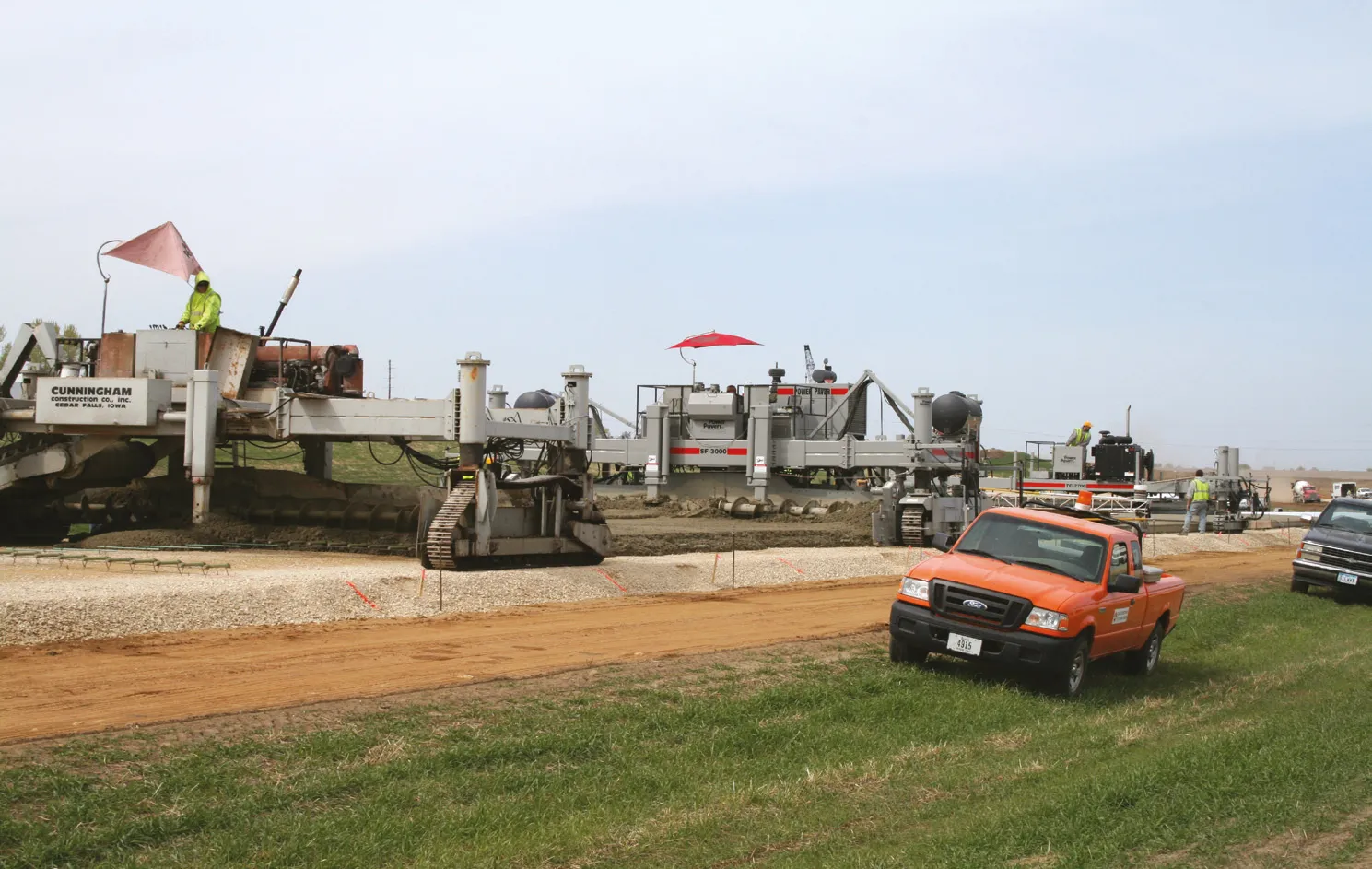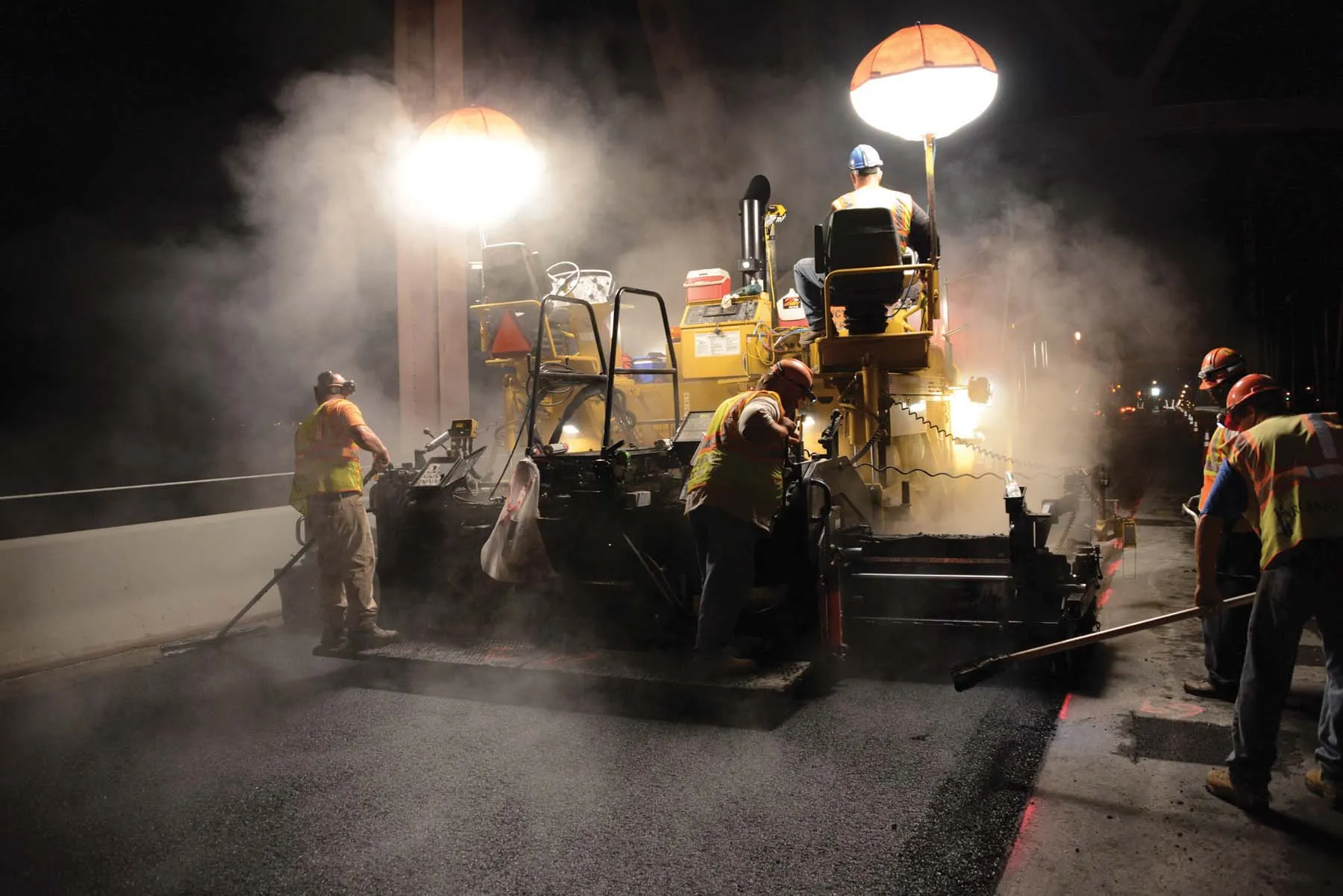Concrete overlays have a long history and proven success in the state of Iowa. Mitchell and Worth counties in north central Iowa have led the way. In the past three years, they have put down approximately 241km of 102mm concrete overlay. Concrete Foundations Inc. (CFI), based out of Hiawatha, Iowa, has slipformed almost 80km of the counties' overlays, including 45km this paving season near the town of Osage. CFI has slipformed most of the overlays with its GOMACO two-track GP-2600 paver. This season, the co
February 15, 2012
Read time: 2 mins

Concrete overlays have a long history and proven success in the state of Iowa. Mitchell and Worth counties in north central Iowa have led the way. In the past three years, they have put down approximately 241km of 102mm concrete overlay.
Concrete Foundations Inc. (CFI), based out of Hiawatha, Iowa, has slipformed almost 80km of the counties' overlays, including 45km this paving season near the town of Osage.CFI has slipformed most of the overlays with its
The new unbonded concrete overlay is 6.7m wide, and the material is placed directly on the existing asphalt surface of the roadway. The surface only has to be swept clean before the mix is dumped on it and concrete slump averages around 13-25mm.
The firm has seen increased production with fewer people needed for stringline maintenance and setup. Five site personnel who normally worked with the stringline are now used elsewhere during the paving process. The lack of stringline also allows them to focus more on quality and production rather than stringline maintenance.
The GOMACO GHP-2800 is pulling burlap for a burlap drag finish behind the paver. Finishers work behind the paver with bull floats before a texture/cure machine applies a longitudinal tine and white spray cure.









